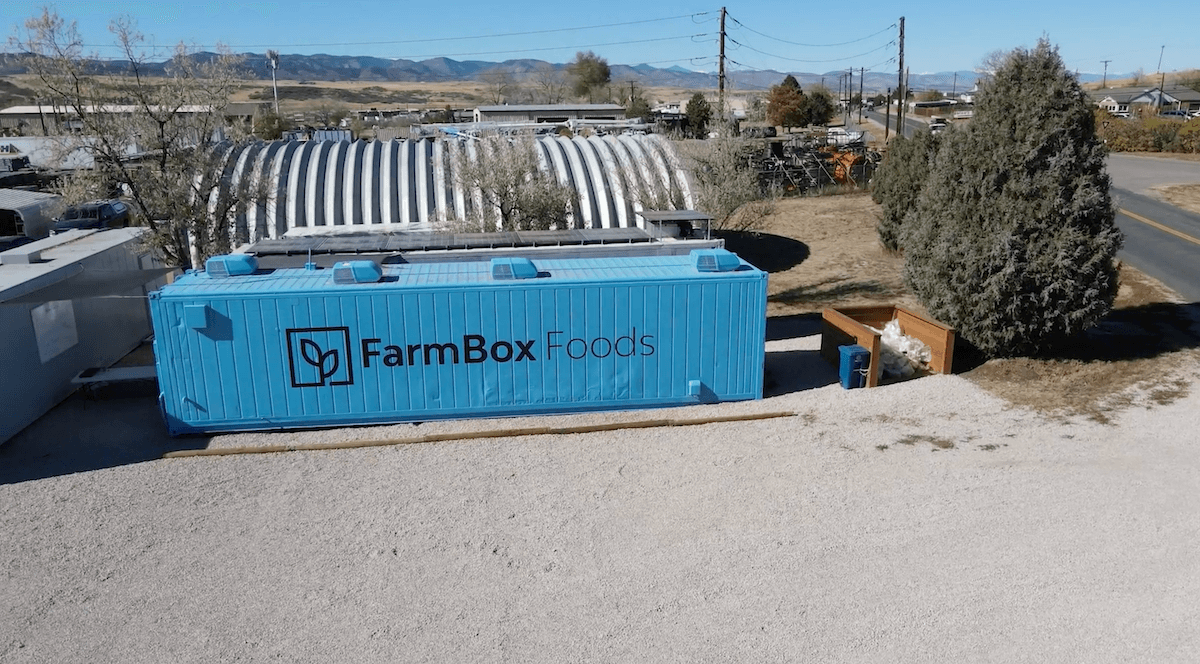“Clean cookstoves fail to save African kids,” read last week’s headline in The Hindu, one of India’s leading newspapers. A few days later, Fortune magazine reported, “Mobile Banking Lifting Hundreds of Thousands from Poverty.”
The divergent headlines, and the studies behind them, mask more complex realities. Not all cookstove projects are failures, and not all mobile-money schemes are successful. Figuring out what works in global development and health has long been critical for development experts, nonprofit organizations, and increasingly, social entrepreneurs. Such insight is crucial as well for investors, for whom positive social impact is becoming an indicator of long-term financial success.
“Nonprofits and funders that aspire to achieve breakthrough results need to reject the notion that need equals demand,” write Taz Hussein and Matt Plummer of The Bridgespan Group. They add: “It’s not enough that [a] service” — or product — “is proven to work; it must also be something that people want.”
Context is crucial
The study released last week on cookstove interventions in Malawi — the largest random trial on cookstove usage to date — put clean cookstoves on the hot seat. The study, published in The Lancet, found that clean cookstove usage did not significantly reduce rates of child pneumonia from smoke exposure over traditional cookstoves.
It sounded like bad news for the cookstove sector and the financiers backing it. Clean cookstoves have been the darling of the development set, heralded as a miracle technology in the fight against poverty-related health conditionsand environmental damage. More than 300 “improved stoves” have been developed in the last 20 to 30 years, with claims to burn fuel more efficiently and produce less smoke than the traditional stoves and fires still used by more than three billion people around the world. The Global Alliance for Clean Cookstoves has a goal of providing 100 million households access to clean and efficient cookstoves and fuels by 2020.
That would have huge impact — if done right. In the Malawi test, among all of the households that were given the improved stoves, average household usage was less than one meal per day. The rest of the time, these households were continuing to use traditional, smoky stoves. The health benefits of clean cookstoves can only be realized when traditional stove usage is cut to once per week.
The stoves that were distributed for the trial were “among the cleanest burning biomass-fuelled cookstoves available at the time,” but did not meet WHO indoor air quality guideline levels, according to the cookstove alliance. The stoves also broke far more than anticipated, which may explain their diminishing usage over time. Designing culturally-appropriate programs is critical to fostering adoption.
Hiding in plain sight…
The study of M-PESA, published in Science, suggests how successful ideas can take hold. Vodafone launched the mobile money service M-PESA in Kenya in 2007 after noticing that people were sending family members cellular airtime to exchange for cash. The airtime had become a proxy financial product in rural and poor urban communities where bank accounts and ATMs were inaccessible.
Less than 10 years later, 96 percent of Kenya’s five million households now have at least one M-PESA user and the study credited the service with lifting two percent of the population out of poverty. “We have shown that access to mobile money has lifted as many as 194,000 households out of poverty, and has been effective in improving the economic lives of poor women and of members of female-headed households.”
With five billion mobile phone users worldwide, mobile money may prove to be the most efficient way to reach the two billion unbanked adultsworldwide. In 2015, over 270 mobile money services had launched in 93 countries.
Great expectations
PlayPlump, which got $15 million from U.S. backers including USAID and the Case Foundation, shows how quickly a social-impact innovation can go from darling to dog. To provide access to water in Africa, the merry-go-round pumped water from a well as kids played. But it would have had to be in use for 24 hours/day to almost reach its pumping targets. Tired kids!
The Case Foundation acknowledged their failure to grasp the complexity of the problem the PlayPump was trying to solve. Jean Case wrote: “Making a “one size fits all” solution to entrenched problems [is] unrealistic.”
The founders of Soccket also saw an opportunity to harness the play for functional use in poor areas. They built a soccer ball that produced energy as it was kicked around, and then could charge a cell phone. The concept crowdfunded hundreds of thousands of dollars, received a crush of media coverage, and even caught the attention of President Obama. Then the balls started breaking, sometimes in a matter of days. Today, the $60 soccer balls can’t compete with low-cost solar lanterns.
Misunderstanding may be at the heart of most of these failures, whether from cultural nuance, user preference or financial priorities. Solutions designed to improve access to energy, water or financial services for the world’s poor need not be complex, but they do need to fit into the existing lifestyles of people and communities.
[seperator style=”style1"]Disclosure[/seperator]
Photo credit: Kayje Booker, Lawrence Berkeley National Laboratory.










